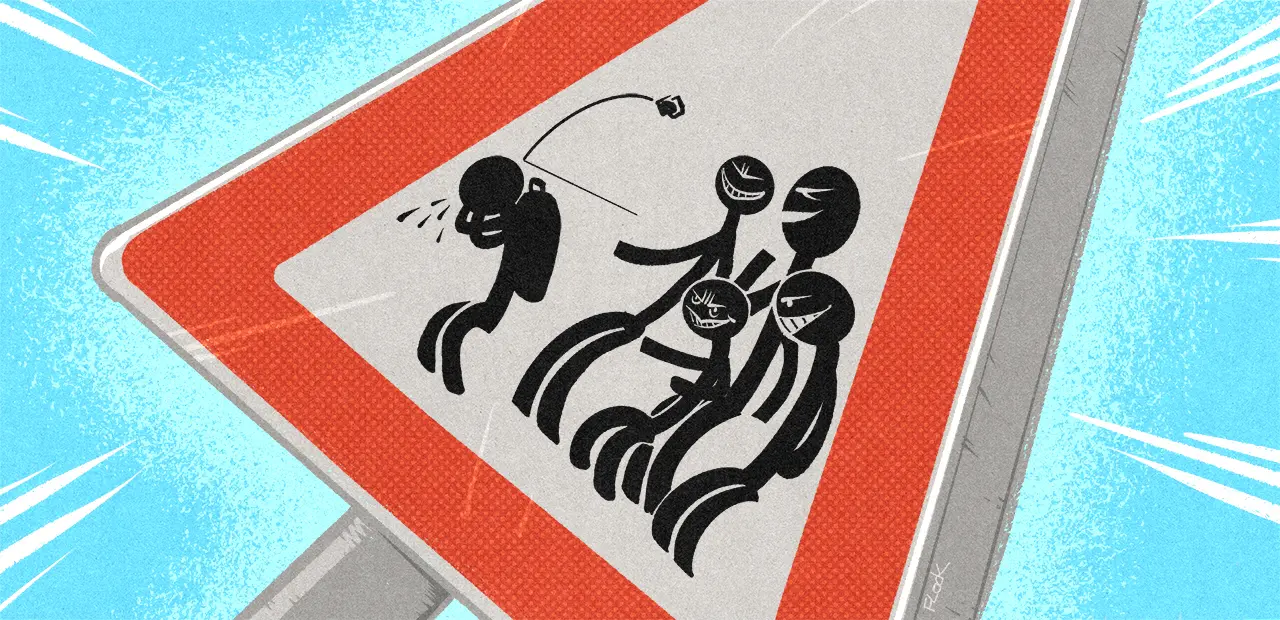
“La désinformation freine l’adoption des voitures électriques par le grand public, allant à l’encontre de l’objectif de la France et de l’Union européenne de réduire les émissions de CO2 des transports, elle décrédibilise également les conducteurs de ces véhicules, stigmatisant leurs choix de manière injustifiée. En polarisant le débat, elle divise inutilement les Français. Pire encore, en sapant la confiance dans cette technologie, ces discours contribuent au retard pris par les constructeurs européens, ouvrant ainsi la voie à la domination croissante de la Chine, déjà leader mondial dans la production de véhicules électriques et de batteries. Ignorer ces dynamiques, c’est mettre en péril notre souveraineté industrielle et technologique.En tant que citoyens responsables et conscients des enjeux environnementaux, nous avons le devoir de mettre un terme aux fausses croyances :
- Oui, la voiture électrique apporte une large satisfaction à ses utilisateurs.
- Oui, le réseau de recharge en France est l’un des plus développés au monde, notamment pour la recharge rapide.
- Oui, l’empreinte carbone d’une voiture électrique est trois fois inférieure à celle d’un véhicule thermique sur l’ensemble de son cycle de vie.
- Oui les batteries des voitures électriques ont une deuxième vie comme stockage stationnaire, et peuvent être recyclées à l’infini, inscrivant la voiture électrique dans un cercle vertueux.
Il est crucial de rappeler qu’en France, les transports représentent plus de 40 % des émissions de CO2, faisant de ce secteur l’un des principaux contributeurs au réchauffement climatique. Parmi ces émissions, l’automobile particulière est responsable de près de la moitié, soulignant ainsi l’importance de repenser nos modes de déplacement.”
Source : Tribune : défendons la mobilité électrique face à la désinformation – Numerama







